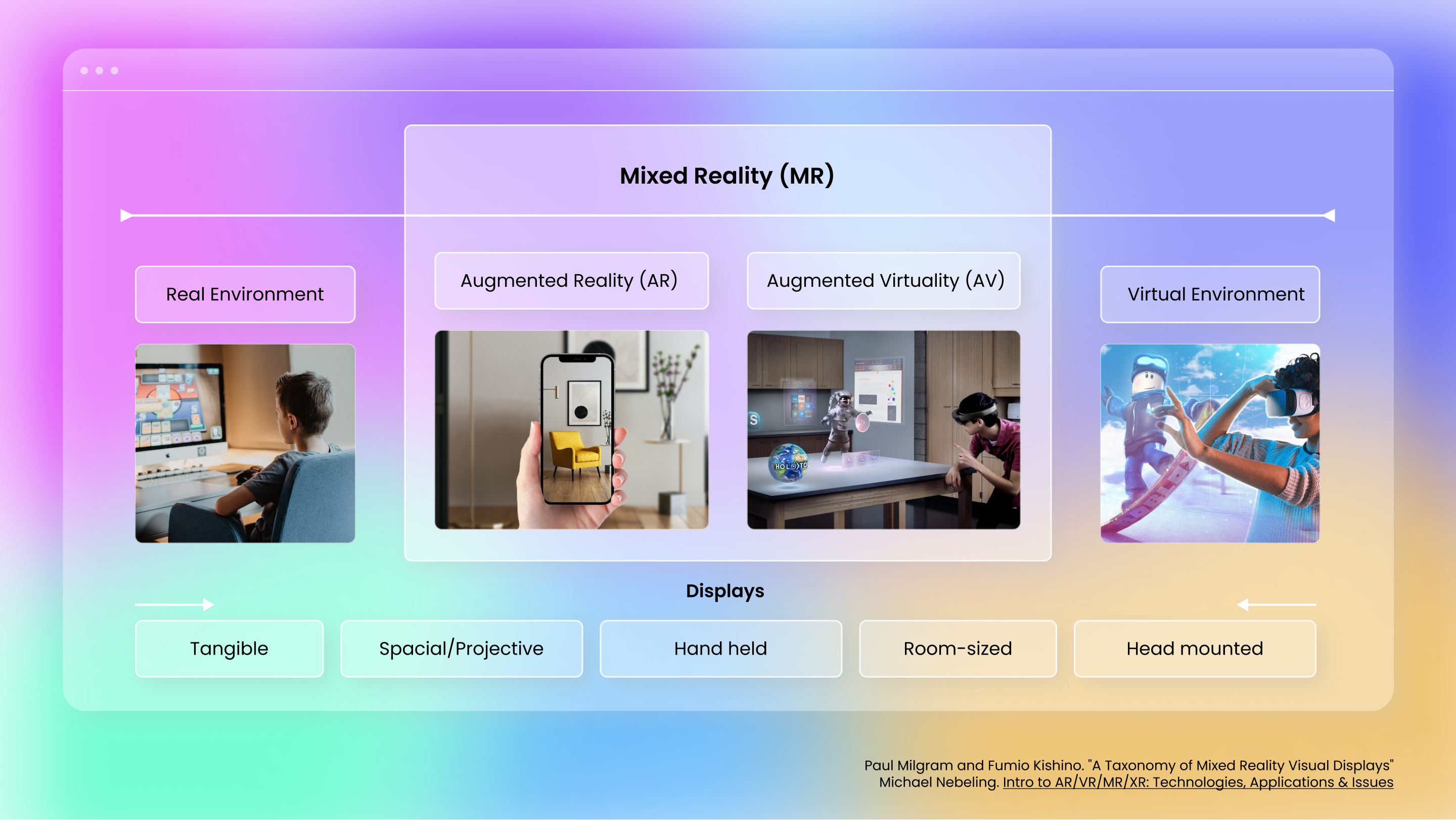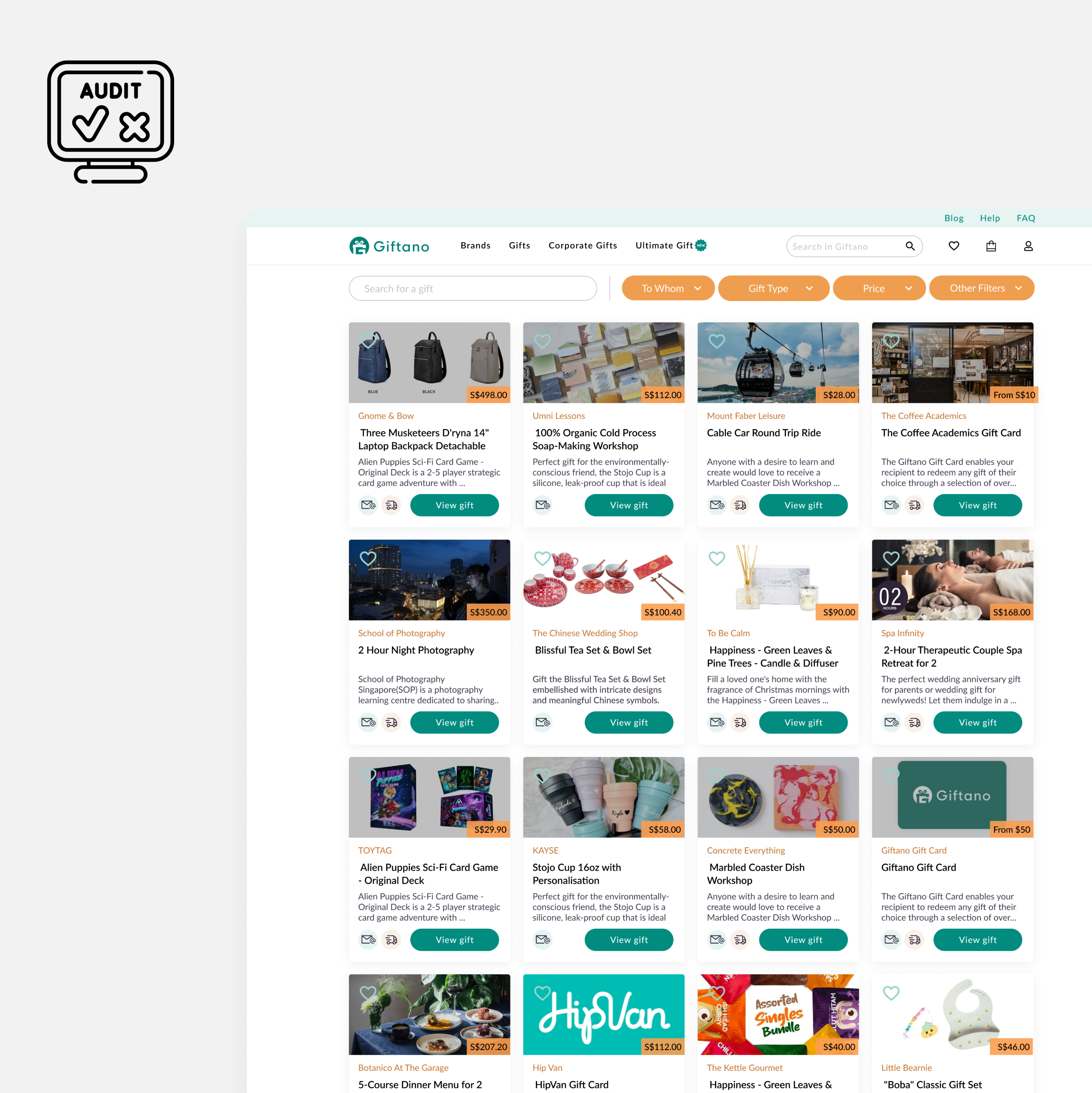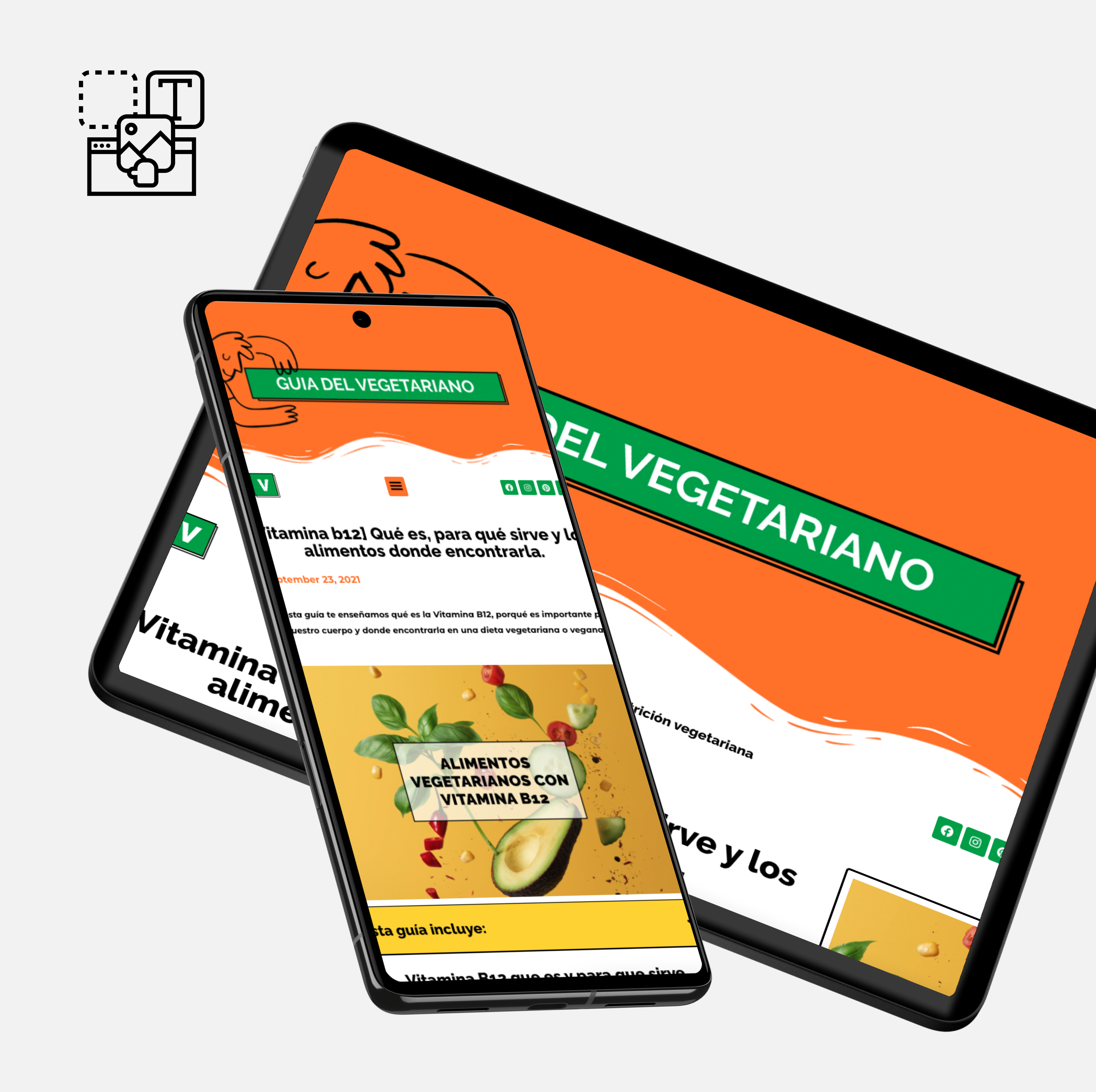
Menu
Exploring the World of Mixed Reality: A Beginner's Guide
XR is a term that stands for “extended reality”, which is an umbrella term that encompasses a range of immersive technologies, including AR (augmented reality), VR (virtual reality), and MR (mixed reality). XR refers to any experience that combines elements of the real and virtual worlds, including computer-generated imagery, interactive media, and sensory inputs.



